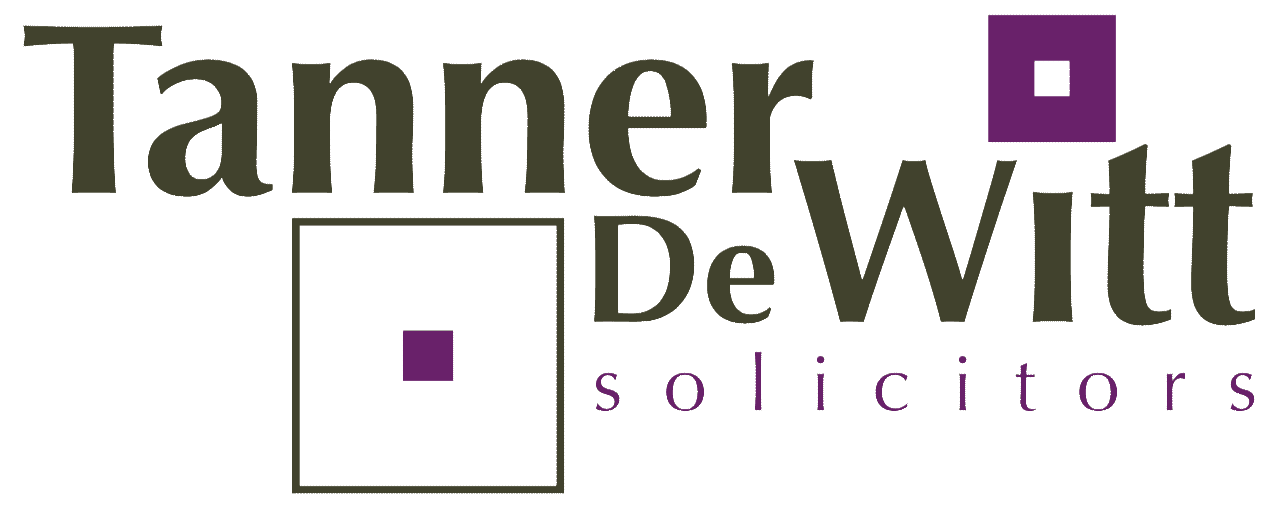Legal update: The Serious Risks and Consequences of Using False Academic Credentials – “Fit and Proper”
19Nov2015Introduction
Hong Kong’s success as one of the most developed financial hubs in the world is attributable in great part to its well-established financial institutions, which safeguard the integrity of the market and protect the interest of investors big and small.
The “Fit and Proper” Requirement
In Hong Kong, the Securities and Futures Commission (“SFC”) regulates the securities and financial markets by enforcing a licence and registration regime in accordance with the Securities and Futures Ordinance (“SFO”).
In deciding whether to issue or continue a licence or registration, the SFC will take into account a number of different criteria. Amongst these criteria, the most fundamental condition is whether the applicant is “fit and proper” to be granted a licence or to be registered, in accordance with Section 129(1), and the SFC is obliged to refuse an application for a licence or registration if the applicant fails to satisfy the SFC that he is fit and proper.
It is important to note that, the “fit and proper” requirement is continuing and a person licensed or registered under the SFO must continue to be “fit and proper”. Failing this, the SFC is empowered under Section 196 of the SFO to take appropriate disciplinary action, including revocation of the license.
Breach of the Continuing Requirements
One situation where registered persons fall foul of this requirement of continuing compliance is where they have obtained their employment and the licence or registration, by providing false information or, in some cases, even falsified documents. If their employers and/or the SFC subsequently uncover this the registered or licensed person would be subjected to disciplinary proceedings. In it worthy of note that:-
-
Under paragraph 12.5 of the SFC Code of Conduct for Persons Licensed by or Registered with the SFC, a licensed person or corporation has a duty to self-report;
“any material breach, infringement of or non-compliance with any law, rules, regulations and codes administered or issued by the SFC…or where it suspects any such breach, infringement or non-compliance…by itself or persons it employs or appoints to conduct business with clients or other licensed or registered persons”.;
This requires licensed persons and corporations to report material misconduct or suspected misconduct to the SFC immediately upon discovery rather than after they have completed their own internal investigations And
-
When the employment of a licensed representative is terminated by a licensed corporation, they must file with the SFC a Form 5 Notification as soon as reasonably practicable and in any event within 7 business days. This notification must specify the reasons for the termination. Where the reason of termination suggests that the licensed representative has engaged in improper conduct, the SFC may institute an investigation to determine whether the licensed representative is fit and proper to continue to be a licensed representative.
Alarmingly, these cases are not as rare as one might imagine. In recent months there are a few cases where a number of registered persons have been subjected to disciplinary procedures because they have been found to have made false representations to their employers with regards their academic qualifications.
Ko Shu Chuan
On 15 October 2015, the SFC banned Ms Ko Shu Chuan (“Ms Ko”)1, a former vice president of DBS Bank (Hong Kong) Limited (DBSHK), from re-entering the industry for six years from 15 October 2015 to 14 October 2021.
Ms Ko was registered as a “Relevant Individual” of DBSHK between 31 May 2012 and 27 September 2012 to carry on Type 1 (dealing in securities) and Type 4 (advising on securities) regulated activities. A “Relevant Individual” in the context of a registered institution, such as DBSHK, is an individual who performs for or on behalf of the institution in any regulated activities or functions of that institution.
Ms Ko was summarily dismissed by DBSHK after it became apparent that in order to obtain employment at the bank, she had provided copies of a fabricated degree certificate and fabricated transcripts purportedly issued by Tamkang University – which Ms Ko had crafted by herself, using her sisters’ genuine documents.
Once the SFC was notified of this event, it exercised its power under Section 182(1)(e) of the SFO, to initiate and conduct an investigation in accordance with any rules and procedures of the SFC. The SFC concluded that Ms Ko’s conduct was plainly dishonest and casts doubts on her competency, character and reliability as a licensed person. As such, she was barred from the industry for 6 years.
Laura Kiang Mang Yi
Not long before Ms Ko’s case was decided, in July 2015, Ms Laura Kiang Mang Yi (“Ms Kiang”)2, was also banned from re-entering the industry for three years, for engaging in similar misconduct. In July 2013, Ms Kiang made false representations to her then-employer, Bank Julius Baer & Co. Ltd. (BJB), that she had obtained a master’s degree from New York University and produced a forged certificate to that effect, when in reality Ms Kiang never completed the course.
Conclusion
As a licensed representative, people, especially investors, not only expect expertise and competence, but also integrity and reliability.
Misrepresenting one’s educational qualification and producing forged degree certificate to an employer are acts that are plainly dishonest and call into question his / her character, integrity and fitness and properness to be a regulated person.
1. Securities and Futures Commission, “SFC bans Ko Shu Chuan for six years” Enforcement News (15 October 2015).
2. Securities and Futures Commission, “SFC bans Laura Kiang Mang Yi for three years” Enforcement News (13 July 2015).
Russell Bennett
Partner | Email
Disclaimer: This publication is general in nature and is not intended to constitute legal advice. You should seek professional advice before taking any action in relation to the matters dealt with in this publication.
